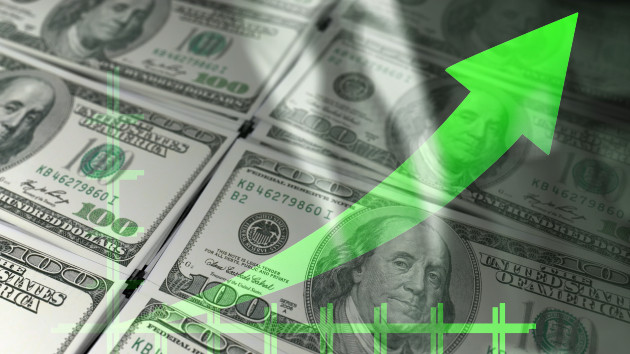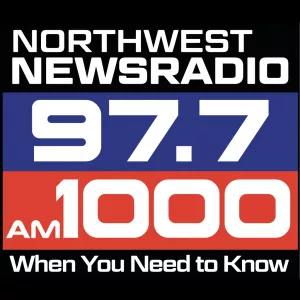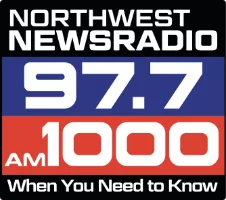
(NEW YORK) — Inflation continues to be the top economic concern for most Americans.
In July, the consumer price index rose 8.5% compared with the same month a year prior. While still high, the inflation rate eased from the near-historic pace in June.
Eighty-two percent of Americans are worried about the negative effect of inflation on the purchasing power of their income over the next six months, according to a recent survey from Allianz Life. Further, 71% said their income is not keeping up with rising costs.
Here’s an explainer about why inflation is so high and what happened last time prices rose at such a fast pace:
Why is inflation so high?
Like so many economic problems, inflation comes down to an imbalance between supply and demand.
Hundreds of millions across the globe facing lockdowns replaced restaurant expenditures with couches and exercise bikes. The surge in demand followed a pandemic-induced flood of economic stimulus. Moreover, that stimulus brought about a speedy economic recovery from the March 2020 downturn, triggering a hiring blitz.
But the surge in demand for goods and labor far outpaced supply, as COVID-related bottlenecks slowed delivery times and infection fears kept workers on the sidelines.
In turn, prices and wages skyrocketed, prompting sky-high inflation. Such price increases have bedeviled countries across the globe, some of which have suffered much worse inflation than the U.S. In Argentina, inflation stands at 64%; in Turkey, it’s nearly 80%.
What is the government doing to bring down prices?
The Federal Reserve has embarked on an aggressive series of rate hikes which raise the cost of borrowing. In theory, the rate hikes should cut demand, slow down the economy and lower inflation.
At meetings in each of the past two months, the central bank has increased its benchmark interest rate 0.75% — dramatic hikes last matched in 1994. After a data release last week showed that hiring in July vastly exceeded expectations, the Federal Reserve is widely expected to institute another rate hike at its next meeting in September.
Meanwhile, Congress has taken action that could reduce inflation over the long term.
On Sunday, the Senate passed the Inflation Reduction Act of 2022, which raises $739 billion in new revenue and puts at least $300 billion toward deficit reduction.
If it becomes law, the bill would very slightly raise inflation over the next two years but would reduce inflation by the late 2020s, according to a study by the Wharton School of Business at the University of Pennsylvania that looked at an early version of the bill.
When was the last time inflation reached this level and how did it get resolved?
The last time inflation was this high was 1981. Back then, high prices combined with a weak economy to bring financial misery for many Americans.
The dynamic put central bankers in a difficult position. If they raised interest rates and slowed down the economy, it might push the economy into a recession, causing more pain. But if they cut rates, then it would stimulate the economy and potentially drive inflation even higher.
Paul Volcker, who took over as Fed chair in 1979, vowed to raise rates until inflation got under control — no matter how much it slowed down the economy. The short-term economic pain far outweighed the long-term damage of inflation, Volcker argued.
In 1981, the Fed’s benchmark interest rate rose as high as 20%. By comparison, after multiple rate hikes this year to tackle inflation, the interest rate still stands at a range of 2.25% to 2.50%.
Back in 1981, those high interest rates helped push the U.S. into a recession and drove the unemployment rate above 10%. By comparison, the unemployment rate today matches a 50-year low reached right before the outset of the pandemic in 2020.
But Volcker’s aggressive approach did bring down inflation. When Volcker left the position in August 1987, inflation had fallen to 3.4% from its peak of 9.8% in 1981.
Powell, the current chair of the Fed, has vowed to bring down inflation. He said last month the central bank expects additional rate increases will prove necessary to dial back inflation to its target rate of 2%.
But, as in the early 1980s, an economic slowdown induced by the Fed could bring short-term pain before smoothing out inflation. Or, if the central bank achieves what economists call a “soft landing,” then the central bank could lower inflation while avoiding a recession.
Copyright © 2022, ABC Audio. All rights reserved.




